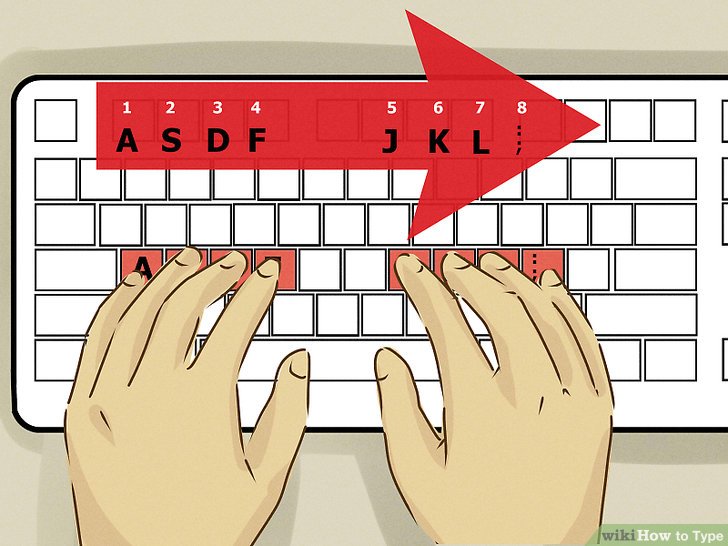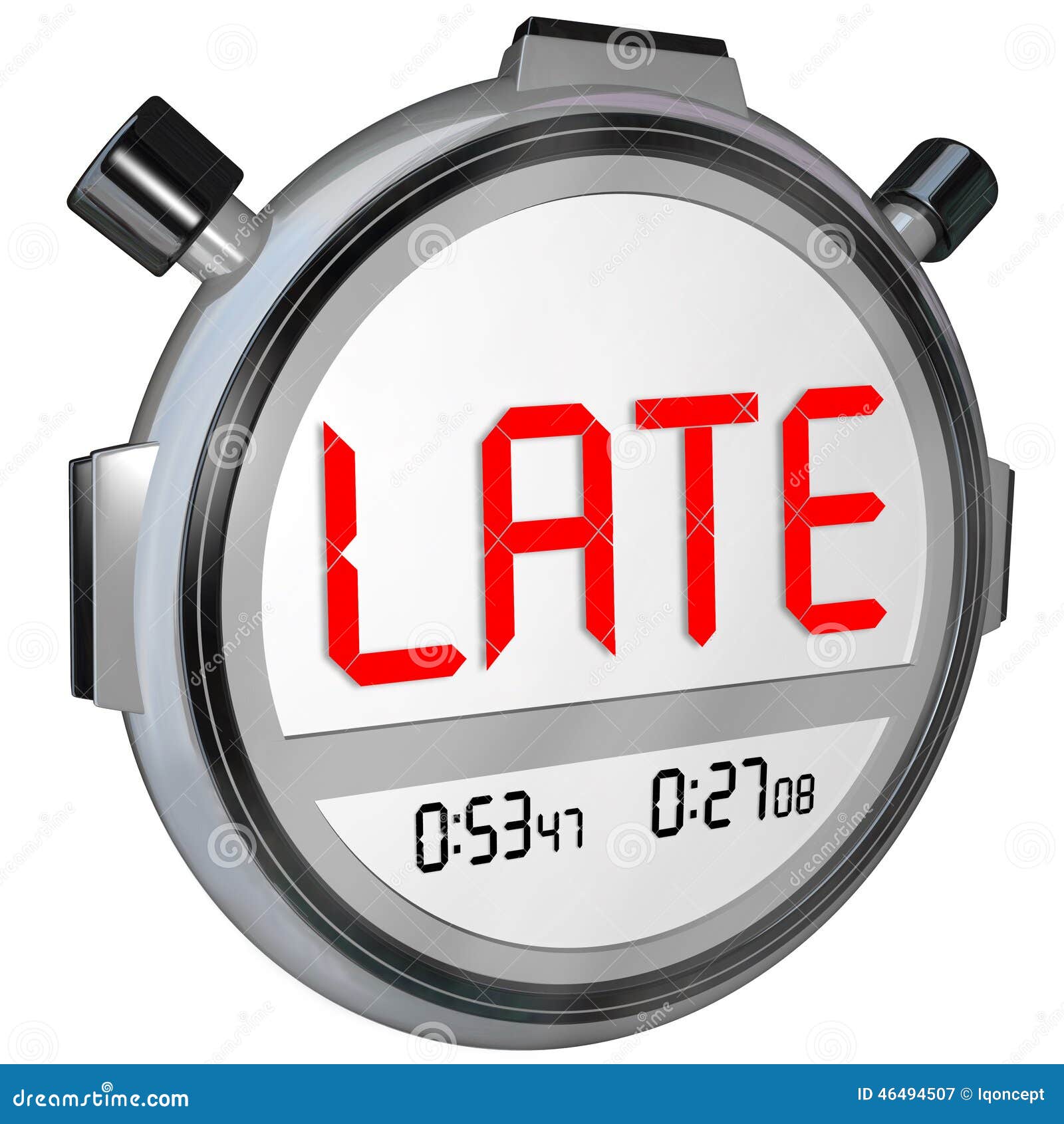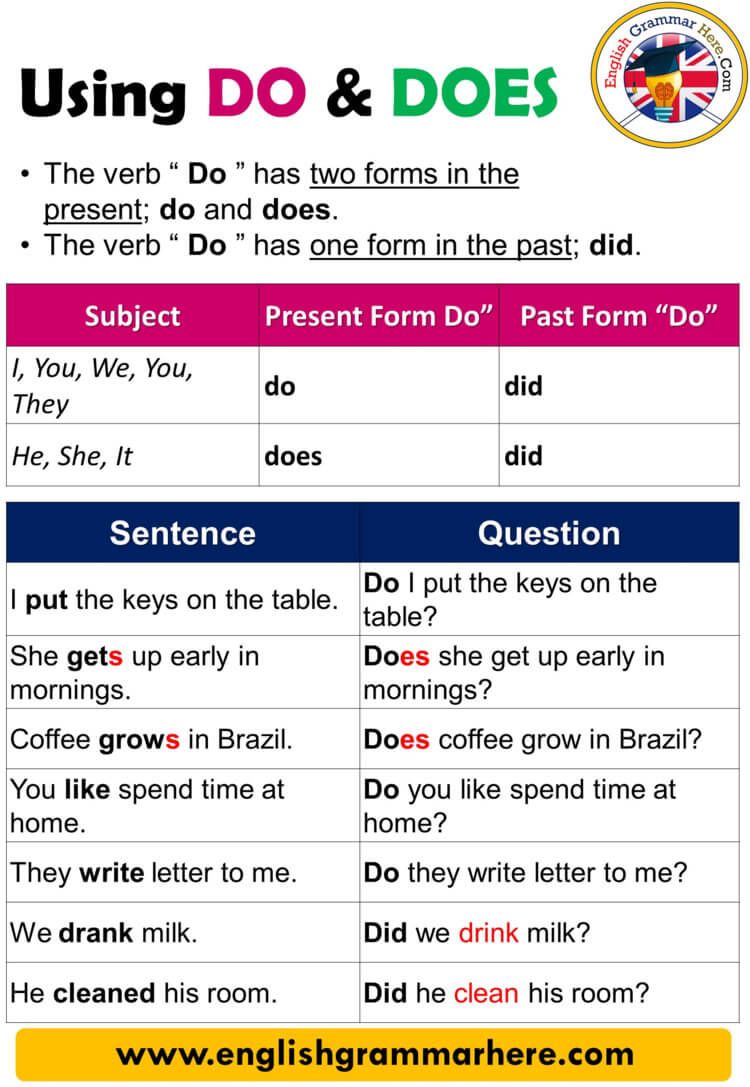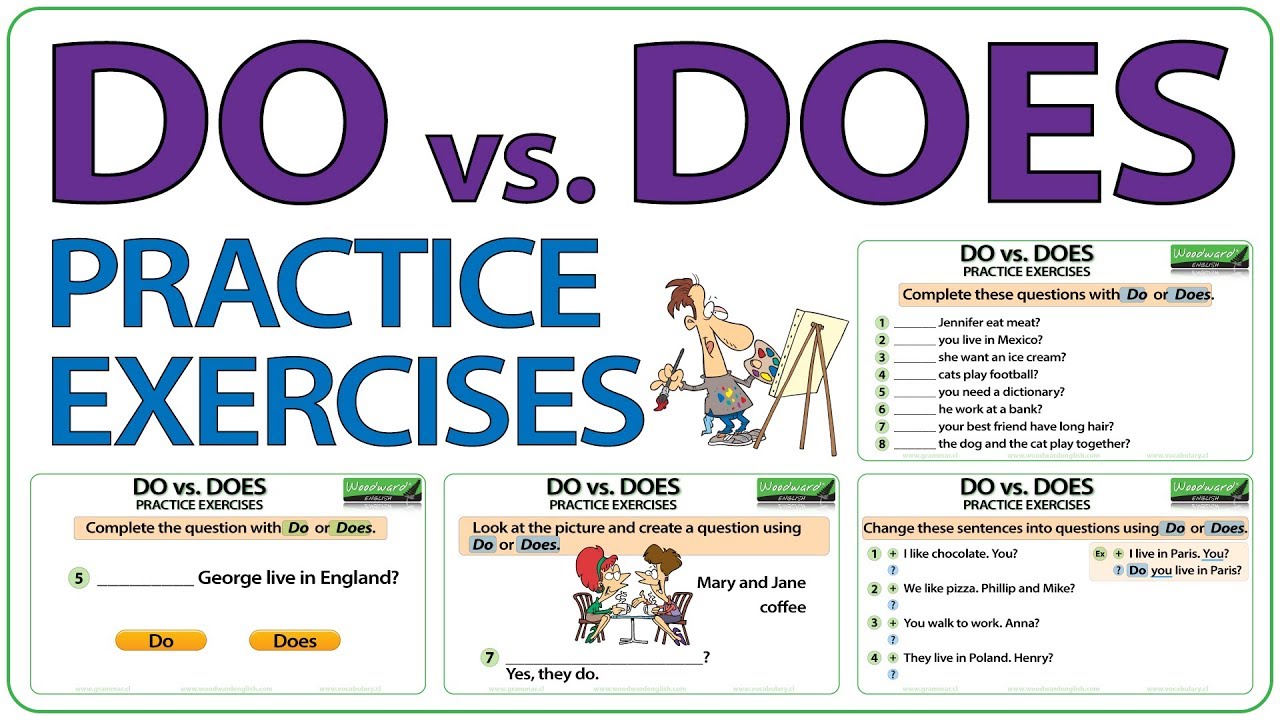Understanding Rear-Wheel Steering on Industrial Forklifts: Risks, Safety, and Best Practices
Introduction: The Unique Steering Mechanism of Industrial Forklifts
Industrial forklifts are essential machines in warehouses, manufacturing, and logistics environments. Unlike automobiles, they use rear-wheel steering , meaning the forklift pivots on the front wheels and turns with the back wheels. This design provides remarkable maneuverability but introduces specific operational risks that workers and supervisors must understand and address to maintain a safe workplace. [1]
How Rear-Wheel Steering Works in Forklifts
Rear-wheel steering in forklifts allows the vehicle to pivot tightly, making it well-suited for congested areas and narrow aisles. When the operator turns the steering wheel, the back wheels swing and pivot , causing the forklift to rotate around its front axle. This enables smaller turning radii compared to vehicles with front-wheel steering. [2] For example, a three-wheeled forklift can sometimes turn in place, making a full 360-degree rotation within a very limited space. [3]

Source: chegg.com
While this feature is invaluable for maneuverability, it creates particular hazards that operators need to anticipate and manage.
Key Risks Associated with Rear-Wheel Steering
The rear-wheel steering mechanism, while increasing flexibility, can cause several issues:
- Rear-End Swing: When making turns, the rear of the forklift swings outward in the opposite direction of the turn, which can catch pedestrians, strike objects, or cause collisions. [5]
- Reduced Forward Visibility: The pivoting action can make it harder to judge vehicle placement, especially when backing up or maneuvering in tight spaces.
- Stability Risks: Turning with a heavy load can increase the risk of tipping, particularly if the operator turns too quickly or the load is elevated. [4]
- Operator Confusion: New operators may struggle to adapt to rear-wheel steering, leading to errors in judgment or unsafe movement around obstacles. [1]
Real-World Examples of Rear-Wheel Steering Hazards
Consider a scenario in a crowded warehouse: as a forklift operator executes a sharp left turn, the rear end of the forklift swings right . If an employee or obstacle is located in that swing path, there is a significant risk of an accident. According to occupational safety guidelines, many workplace forklift incidents involve such rear-end swings, especially where foot traffic and forklift paths intersect. [5]
Another common example is when a forklift is carrying a high load, raising its center of gravity. Turning too quickly can lead to a tip-over, endangering the operator and bystanders. These risks are compounded by the unique steering geometry of the forklift. [4]
Safety Strategies: How to Manage Rear-Wheel Steering Risks
Effective safety management for forklifts with rear-wheel steering involves a combination of operator training, workplace design, and ongoing supervision. Here are actionable steps and best practices:
1. Comprehensive Operator Training
Operators should undergo thorough training on rear-wheel steering mechanics. This includes hands-on practice to understand how the rear of the forklift moves during turns, the importance of monitoring rear-end swing, and the limitations in visibility. Training should also cover how load placement and speed affect stability. [3]
Employers can arrange for certified trainers or enroll staff in accredited forklift safety courses. To locate reputable training programs, contact recognized industry bodies such as the Occupational Safety and Health Administration (OSHA), or search for “OSHA forklift operator training” in your region.

Source: forkliftrevolution.net
2. Workplace Layout and Traffic Management
Warehouse and facility layouts should minimize tight corners and provide clear, marked pathways for both forklifts and pedestrians. Installing barriers, mirrors, and warning signs at intersections can help reduce the likelihood of rear-end swing accidents. Consider implementing one-way traffic patterns where feasible to further decrease risk.
3. Consistent Use of Warning Devices
Forklifts should always operate with functional horns, backup alarms, and flashing lights. Operators should use the horn to alert nearby workers when approaching turns or blind spots. Visual indicators such as floor markings can help both operators and pedestrians anticipate rear-end swing zones.
4. Ongoing Supervision and Refreshers
Supervisors should regularly observe operators for safe driving practices, especially regarding speed, turning, and awareness of rear-end swing. Periodic refresher courses are crucial to reinforce best practices and update staff on any new safety regulations.
Step-by-Step Guidance for Safe Forklift Operation
- Before operating, conduct a full inspection of the forklift, checking steering, brakes, warning devices, and load attachments.
- Plan your route, identifying any areas where rear-end swing could pose a risk.
- When turning, reduce speed and use the horn to warn others. Monitor the rear of the forklift and leave sufficient clearance.
- Keep loads low and stable, and avoid sharp turns with heavy or elevated loads.
- Always look in the direction of travel, using mirrors and spotters as necessary.
- If uncertain about a maneuver, stop and reassess before proceeding to ensure safety for yourself and others.
Alternative Approaches and Emerging Technologies
Some modern forklift models incorporate advanced safety features to mitigate the inherent risks of rear-wheel steering. These may include automatic speed reduction during turns, stability control systems, and enhanced operator visibility aids. Companies considering fleet upgrades should research the latest safety innovations and consult with equipment manufacturers for recommendations that best fit their operational needs.
How to Access Training, Resources, and Further Support
If you are seeking forklift operator training or workplace safety guidance, consider the following approaches:
- Contact the Occupational Safety and Health Administration (OSHA) for national standards and training resources. You can search for “OSHA forklift training” to find certified providers in your area.
- Reach out to local community colleges or vocational training centers, many of which offer industrial vehicle operation courses.
- Consult your forklift manufacturer for user manuals, maintenance guides, and operator training recommendations.
- For tailored advice, you can contact your state or local safety regulatory agencies for workplace-specific guidance and support.
Key Takeaways
Rear-wheel steering is a defining feature of industrial forklifts, enabling efficient operation in tight spaces but bringing unique safety challenges. Understanding how the forklift pivots on its front wheels and turns with its back wheels is crucial for preventing accidents. By prioritizing comprehensive training, careful workplace design, and up-to-date safety practices, organizations can effectively manage these risks and protect both operators and bystanders.
References
- [1] Staxx (2021). Forklifts use rear-wheel steering, why most cars use front-wheel steering.
- [2] BigRentz (2021). Understanding Forklift Controls for 3 Types of Forklifts.
- [3] Zone MFC (2024). Why Forklifts Use Rear-Wheel Steering for Optimal Maneuverability.
- [4] Tynan Equipment (2018). How Forklift Rear-Wheel Steering Affects Safety.
- [5] OSHA (2004). Powered Industrial Trucks (Forklift): Operating the Forklift – Traveling & Maneuvering.
MORE FROM oncecoupon.com













